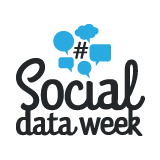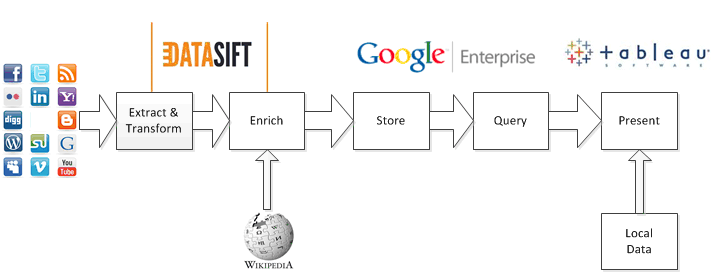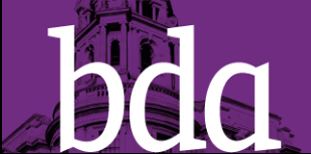Some guidance from the #SDW13 London panel on how to get a social data project running successfully:
(1) Map the social Data ecosystem: what are the data sources; who are the users; who will analyse the data; what data is important?
(2) Get an early client (internal or external) and iterate quickly.
(3) Build slowly and try not to over-think it; generate some early value.
Apparently some of these were learnt the hard way, so pay attention!

 Follow
Follow
